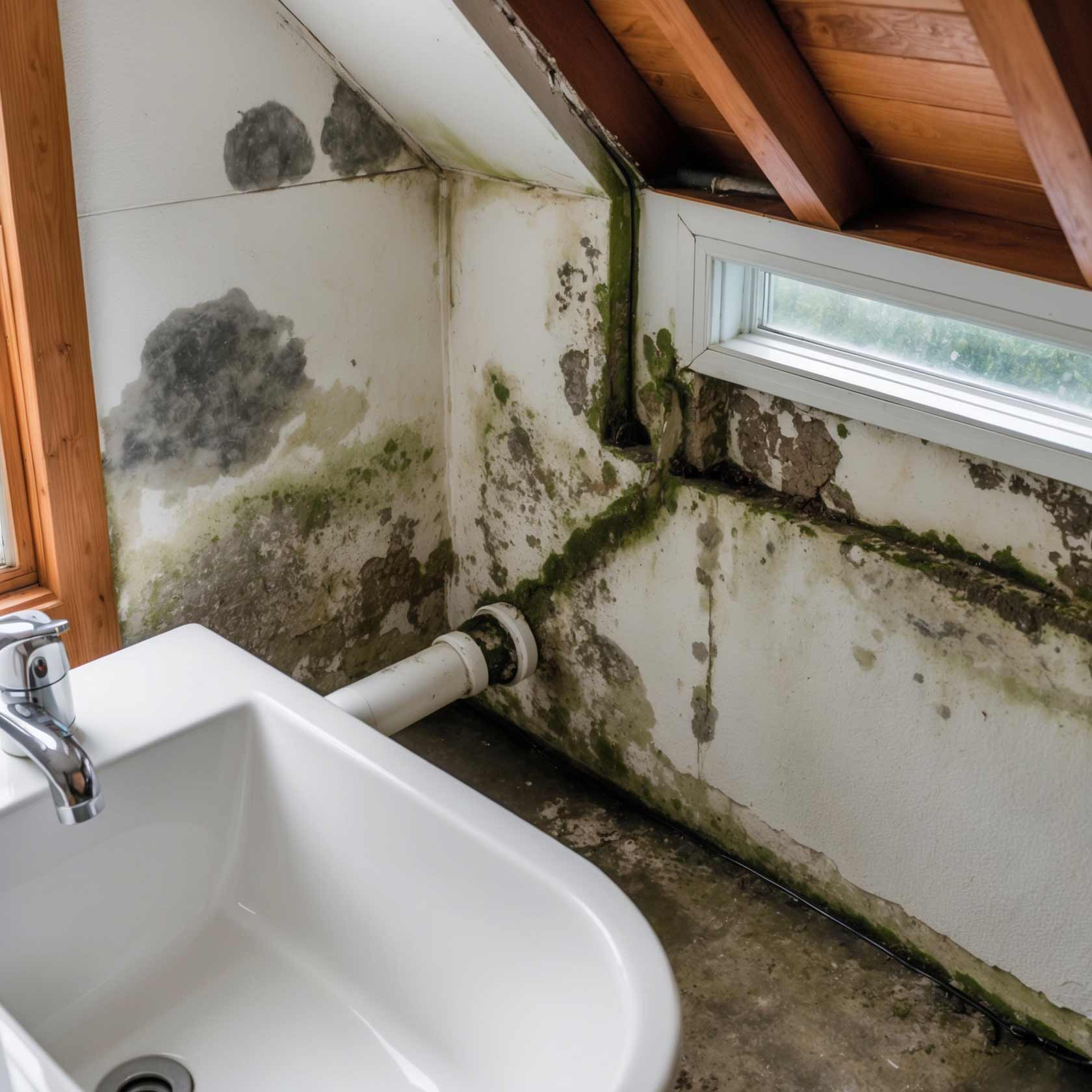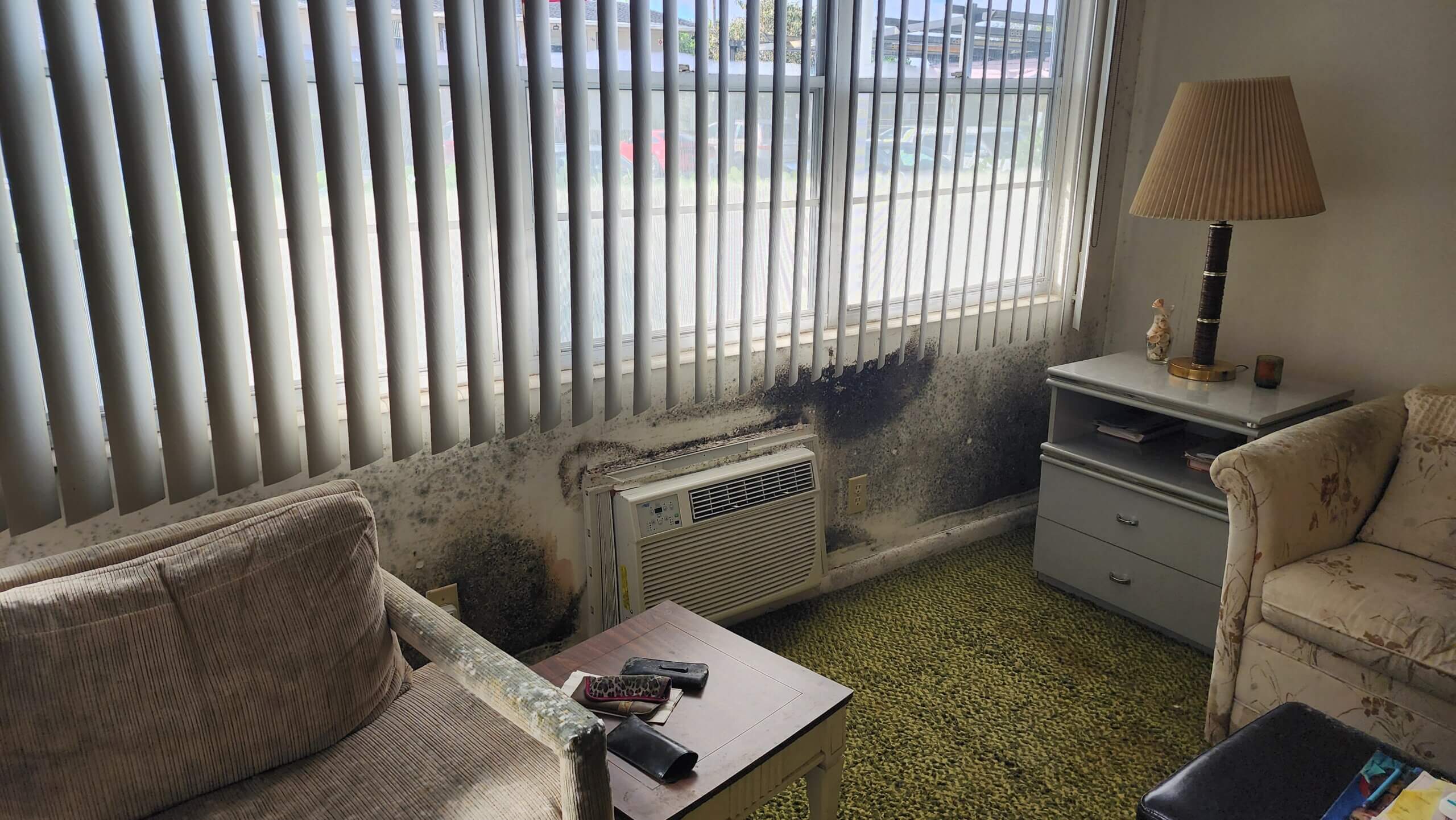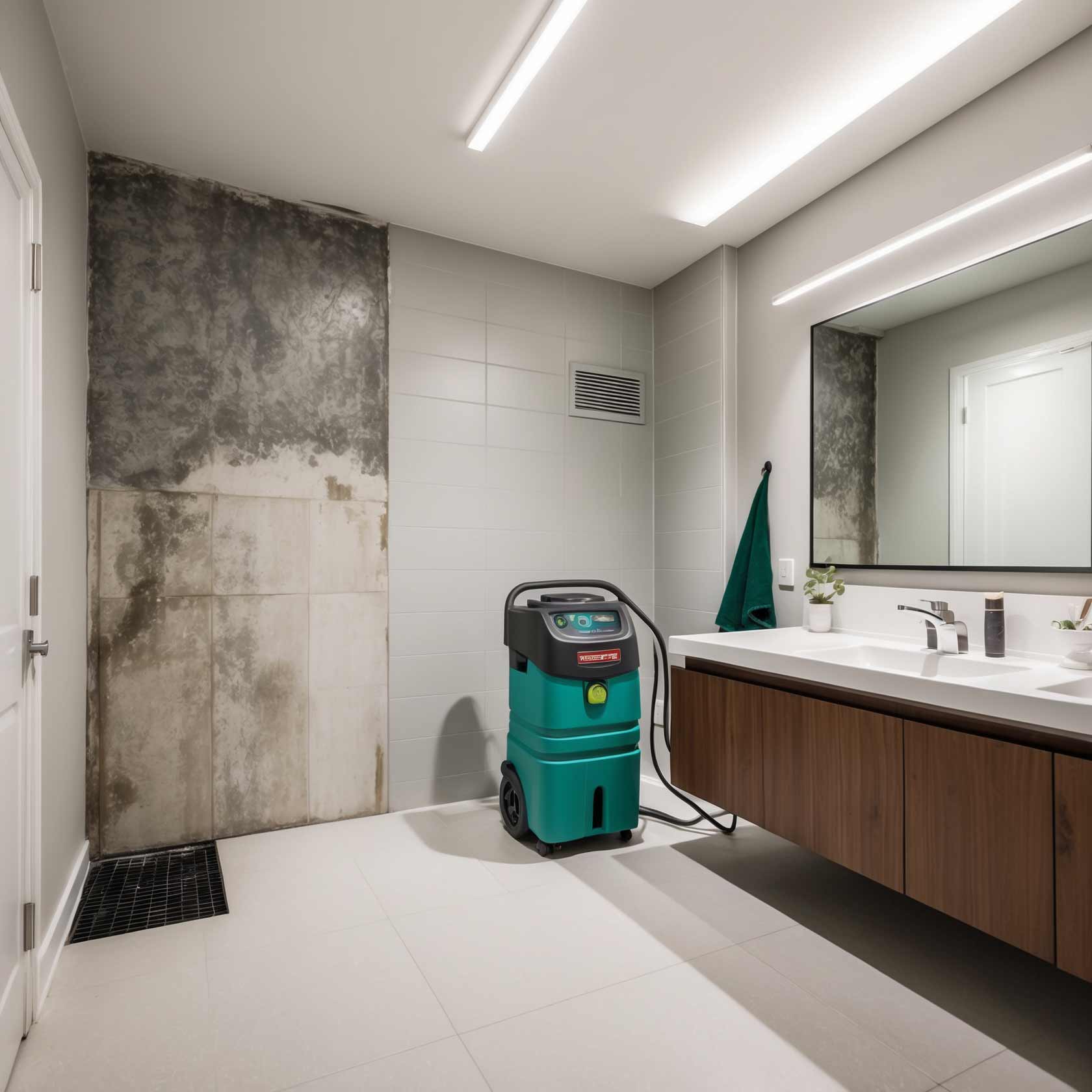How Expensive Is Mold Removal?
Introduction
Mold is a common household issue that can pose significant health risks and structural damage to properties. Understanding the costs associated with mold removal is crucial for homeowners facing this dilemma. In this article, we will explore various aspects of mold removal costs, including factors affecting prices, different methods of removal, and tips for preventing mold growth in the future. With comprehensive insights and expert knowledge, we aim to equip you with the necessary information to make informed decisions regarding mold removal.
How Expensive Is Mold Removal?
When it comes to addressing mold issues, understanding the financial implications can be overwhelming. On average, the cost of https://tiptop-plumbing.com/pembroke-pines/mold-remediation professional mold removal typically ranges from $500 to $6,000. However, several factors influence this price range:


Extent of Infestation: The size and severity of the mold infestation play a critical role in determining costs. Larger infestations require more extensive labor and materials.
Location: The geographic location can significantly impact pricing due to variations in labor costs and local regulations regarding mold remediation.
Type of Mold: Certain types of mold may require specialized treatment methods, which can affect overall expenses.
Accessibility: Areas that are difficult to access can increase labor time and costs.
Preventative Measures: Additional services such as air quality testing or installing dehumidifiers may add to the total expense but are recommended for a long-term solution.
Understanding these factors will help you grasp why mold removal can be a significant investment for homeowners.
Factors Influencing Mold Removal Costs
Extent of Mold Growth
The first question to ask is: how big is the problem? The extent of mold growth directly correlates with how much you'll pay for its removal. Small patches on bathroom walls might only set you back a couple of hundred dollars, while extensive infestations covering entire rooms could lead to thousands in remediation costs.
Type of Mold Present
Not all molds are created equal! Some varieties are relatively harmless, while others can be toxic and require specialized handling procedures. For instance:
- Stachybotrys Chartarum (Black Mold): This notorious type often requires more rigorous removal techniques and higher expenses.
- Aspergillus: Commonly found indoors; treatment may vary based on its location.
The type of mold present not only influences treatment options but also affects safety measures during the remediation process.

Location of Infestation
Did you know that where mold is located within your home can impact cost? Molds found in crawl spaces or attics may require additional equipment or time for safe access. Moreover, if you're living in an area with high humidity or frequent floods, expect higher prices due to increased demand for remediation services.
Local Regulations and Standards
In some regions, specific regulations dictate how mold must be removed or treated, influencing overall costs. Compliance with these regulations often necessitates hiring certified professionals who can charge more than general contractors or handymen.
Labor Costs
Let’s face it—labor isn’t cheap! Depending on where you live, hourly rates for skilled laborers specializing in mold removal can fluctuate widely. Urban areas typically have higher labor rates compared to rural locations.
Different Methods of Mold Removal
Understanding various methods used in mold removal helps homeowners choose the best approach based on their budget and situation.
DIY vs Professional Services
Should I tackle this myself or hire a pro? While DIY options exist for small infestations (using vinegar or bleach), they come with risks—namely inadequate cleanup leading to recurring issues down the line.
Professional services ensure thorough inspections followed by effective remediation techniques tailored specifically to your situation—though they come at a higher price tag!
Chemical Treatments
Chemical solutions are often employed by professionals during remediation efforts—these include biocides and fungicides designed specifically for killing molds effectively without leaving behind harmful residues when applied correctly by trained technicians.
However, chemical treatments alone won't suffice; proper containment measures must accompany them during execution!
Physical Removal Techniques
Physical techniques involve removing contaminated materials like drywall or carpeting affected by significant fungal growth—this method incurs disposal fees alongside potential repairs post-removal (like painting).
Moreover, advanced technology such as HEPA vacuums may also factor into physical approaches depending on contamination levels encountered at job sites!
How Much Does It Cost To Remove Different Types Of Molds?
Here’s where things get interesting! Different types of molds come with varying price tags when it comes down to effective extraction methods utilized by professionals:
| Type of Mold | Average Removal Cost | |-----------------------|----------------------| | Black Mold | $1,000 - $6,000 | | Aspergillus | $500 - $3,000 | | Penicillium | $300 - $2,500 | | Cladosporium | $300 - $2,000 |
These estimates give homeowners insight into what they might expect when faced with specific fungal challenges within their residences!
Preventative Measures Post-Remediation
Once you've dealt with an existing infestation effectively through professional means (and perhaps some DIY elbow grease), how do you prevent future occurrences?
Humidity Control Strategies
Excessive moisture leads directly toward increased chances for fungal growth—therefore controlling humidity levels becomes paramount! Here are some strategies:
Taking proactive steps helps maintain healthy indoor environments while minimizing recurrence potential down-the-line…
Regular Inspections & Maintenance Checks
Conducting routine checks around your property allows early detection before problems escalate further than simple fixes required—this includes checking hidden spots like attics/crawlspaces regularly!
Consider enlisting professional assistance once every year or two depending upon local climate conditions affecting humidity levels experienced month-to-month…
FAQs
1. What causes mold growth?
Mold grows primarily due moisture availability combined with organic material presence (like wood/insulation). Humid climates often exacerbate these conditions leading towards rapid infestations!
2. Can I remove mold myself?
Yes! Small patches might be manageable using DIY methods—but always exercise caution! Larger infestations should ideally involve professionals equipped properly for safe clean-up processes along ensuring thorough remediation practices employed afterwards too!
3. How long does it take to remove mold?
The timeline varies based upon infestation size/type along with chosen method employed; minor cases may resolve within several hours whereas extensive jobs could span days depending upon complexity involved needing adequate attention throughout project duration…
4. Is there any way to prevent future growth?
Absolutely! Controlling humidity levels via ventilation/dehumidification strategies along maintaining regular property inspections creates healthier environments ultimately reducing risk associated future occurrences…
5. Will insurance cover my mold removal expenses?
Many policies exclude coverage concerning pre-existing conditions unless they result from sudden accidents like pipe bursts causing water damage leading toward fungi proliferation thereafter so check policy details thoroughly beforehand discussing options available through agents directly too…
6.Can I sell my house if there's still active mildew/mold present?
Most likely not without addressing underlying issues prior submitting listings– disclosure requirements vary regionally sometimes requiring certification proving successful remediated efforts accomplished beforehand ensuring safety assurances provided across prospective buyers too…
Conclusion
In conclusion, understanding "How Expensive Is Mold Removal?" requires consideration across numerous variables ranging from infestation scope/type down through local regulations impacting overall pricing structures involved throughout entire process ensuring educated decisions made beforehand mitigate associated risks occurring later-onwards ultimately safeguarding health while preserving valued properties intact as well!